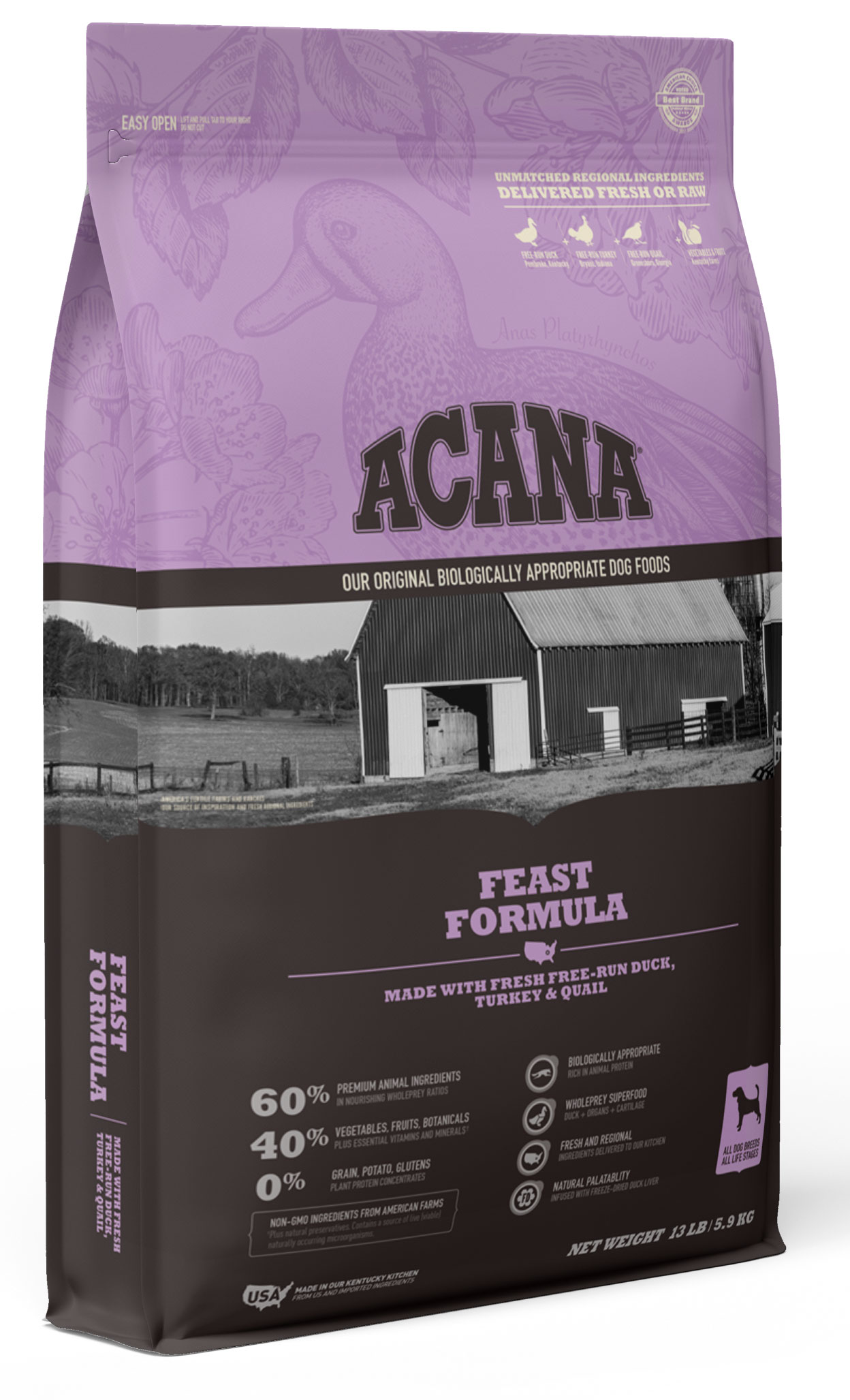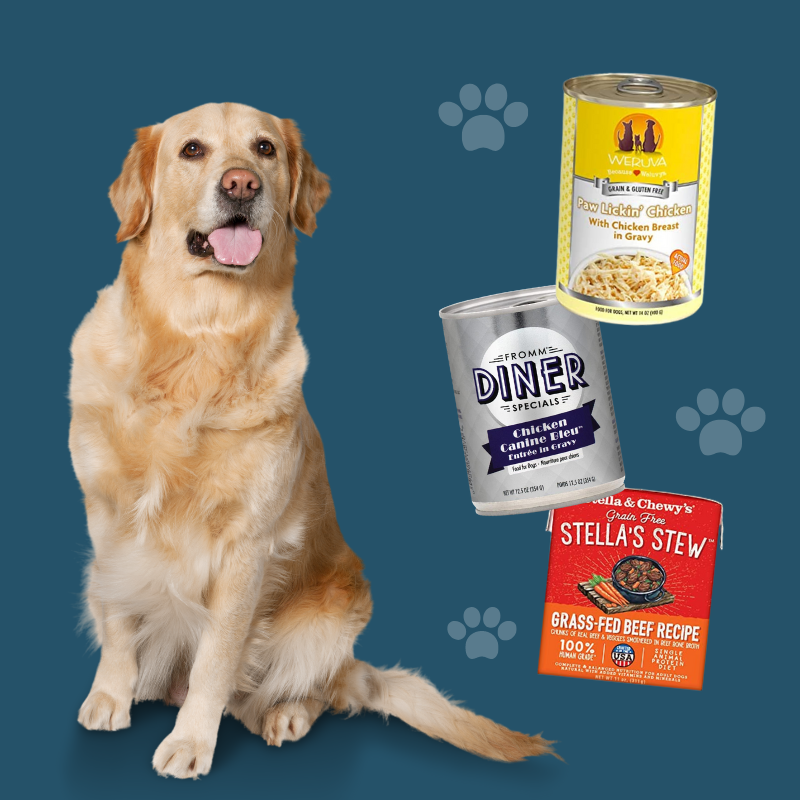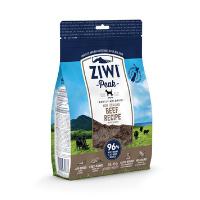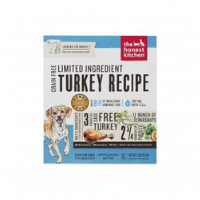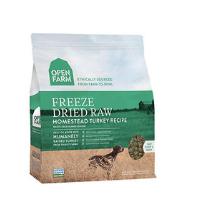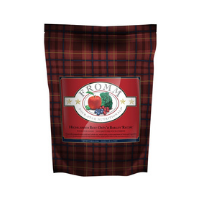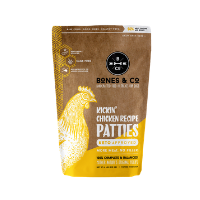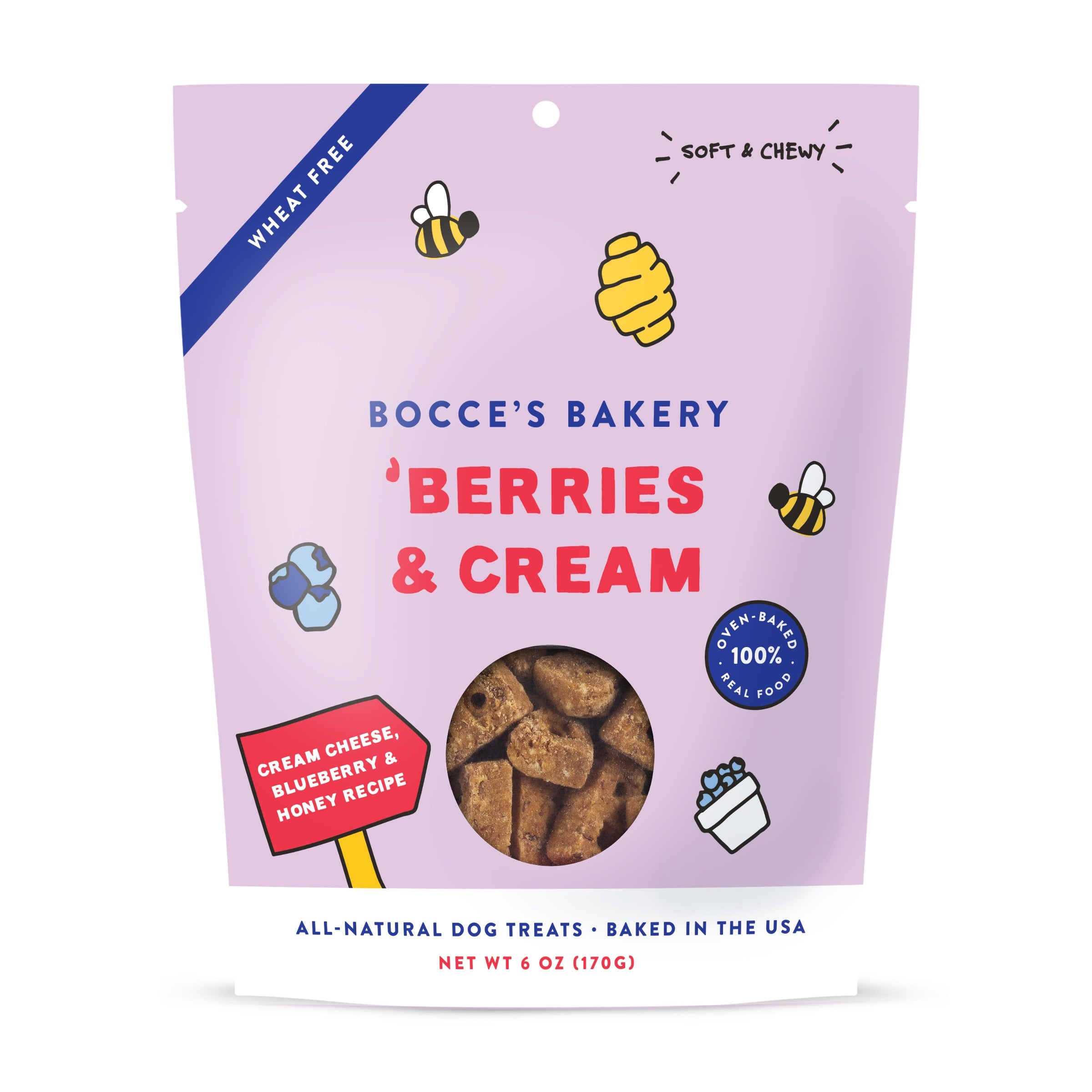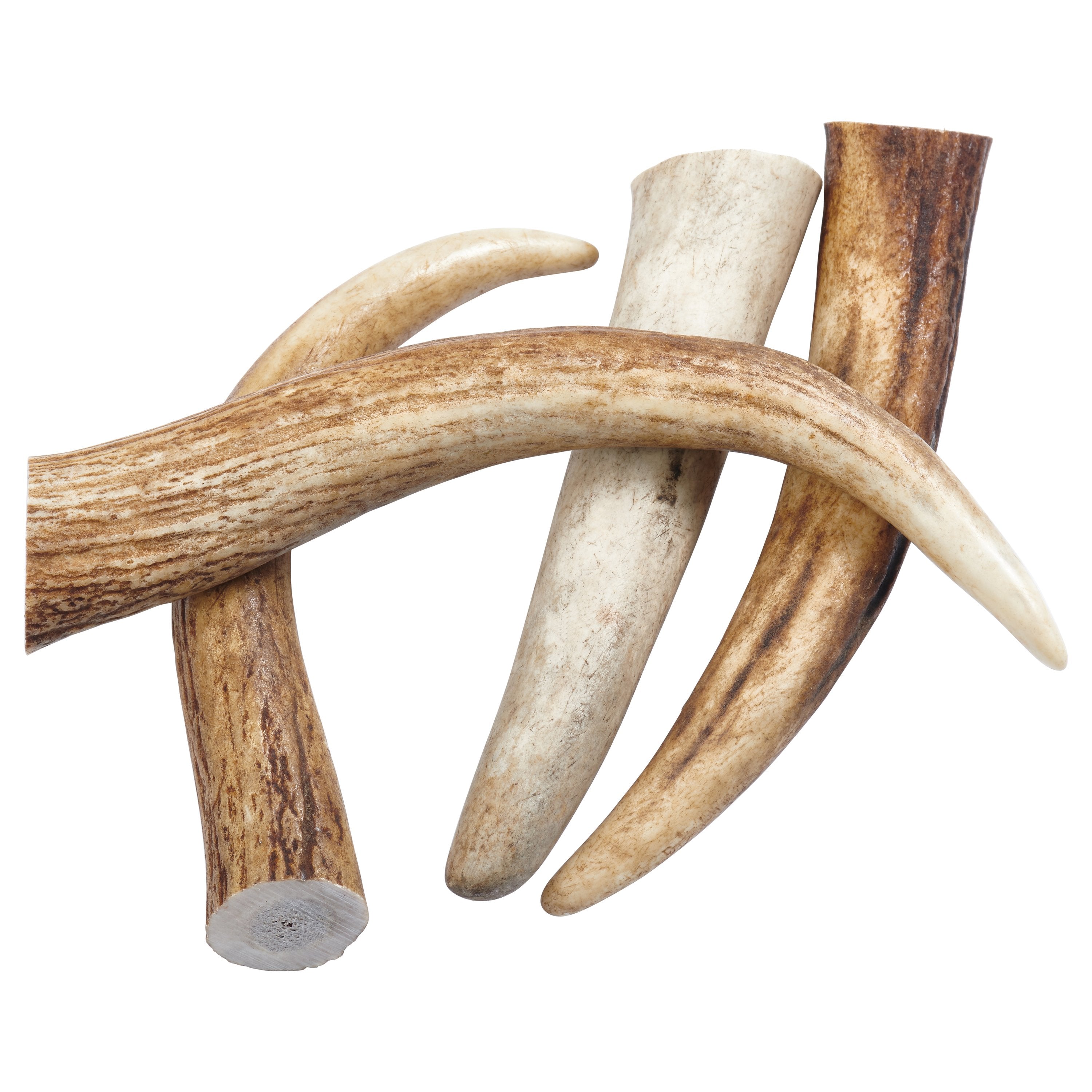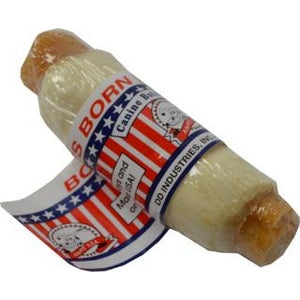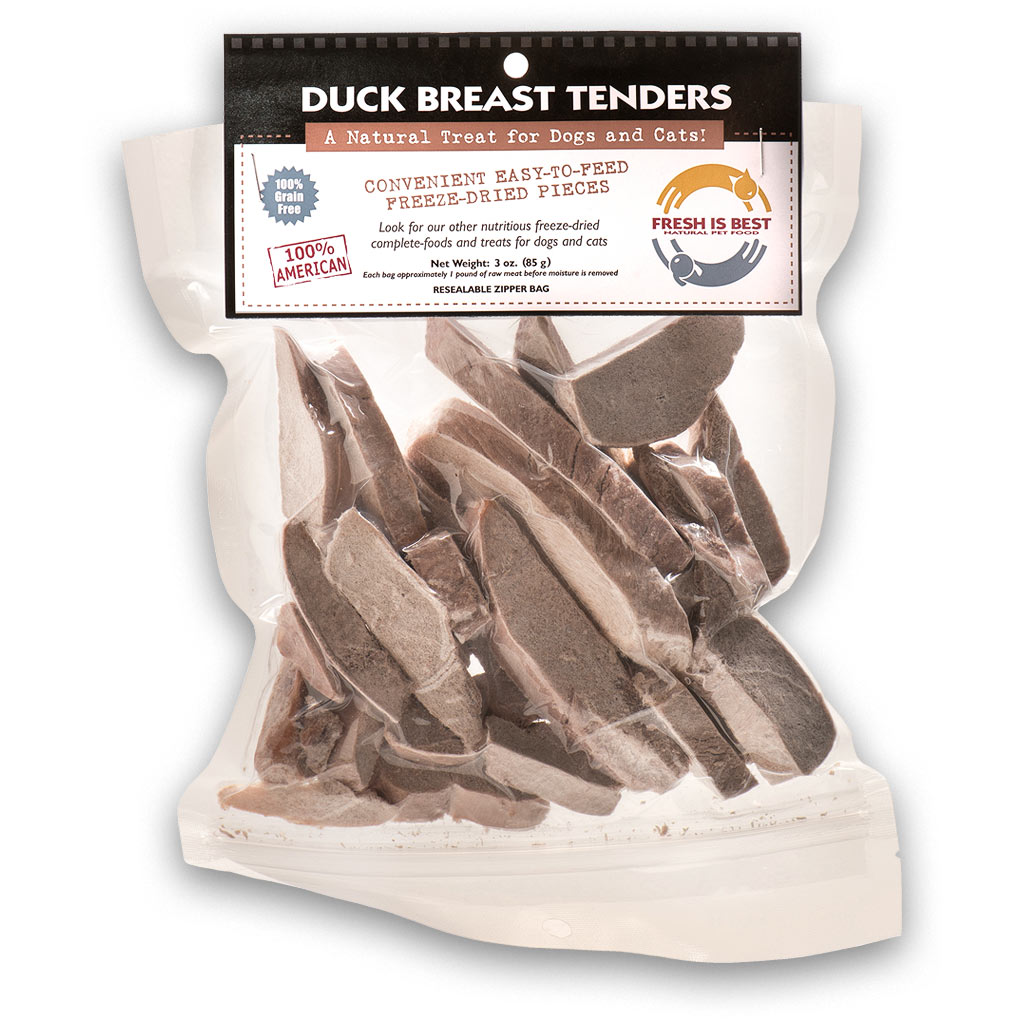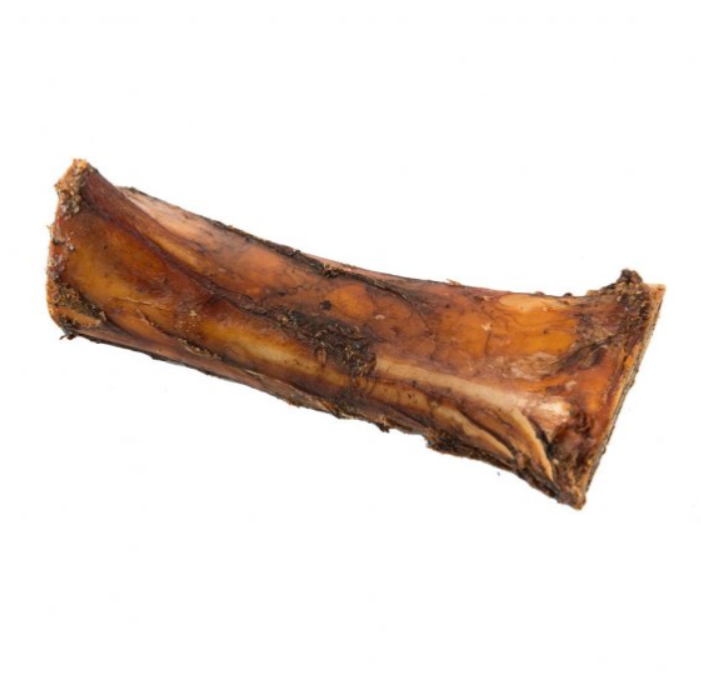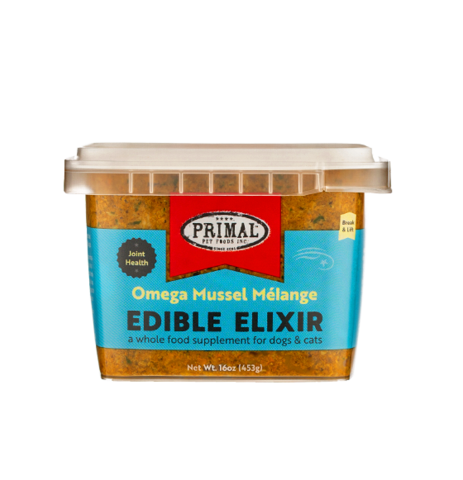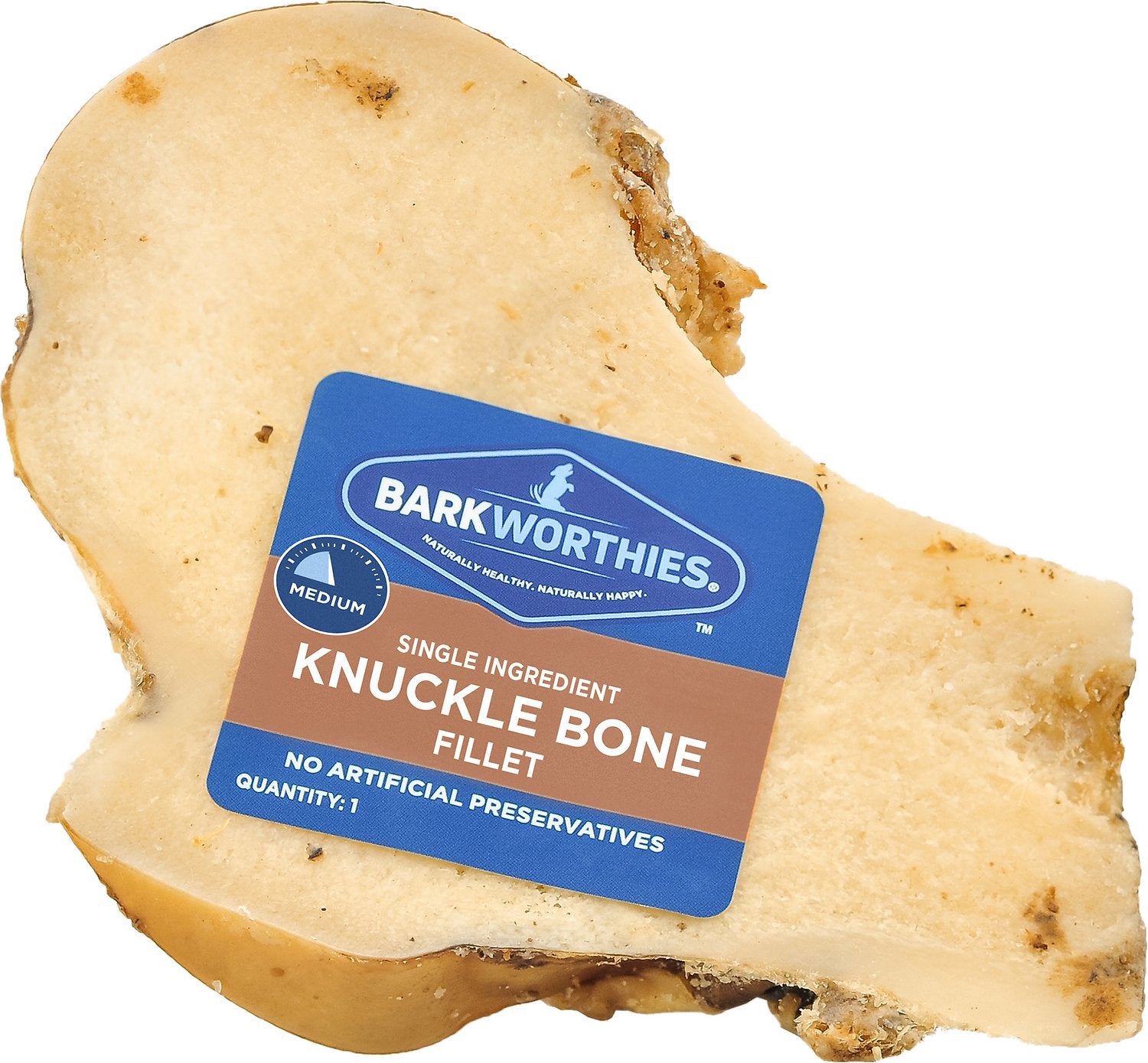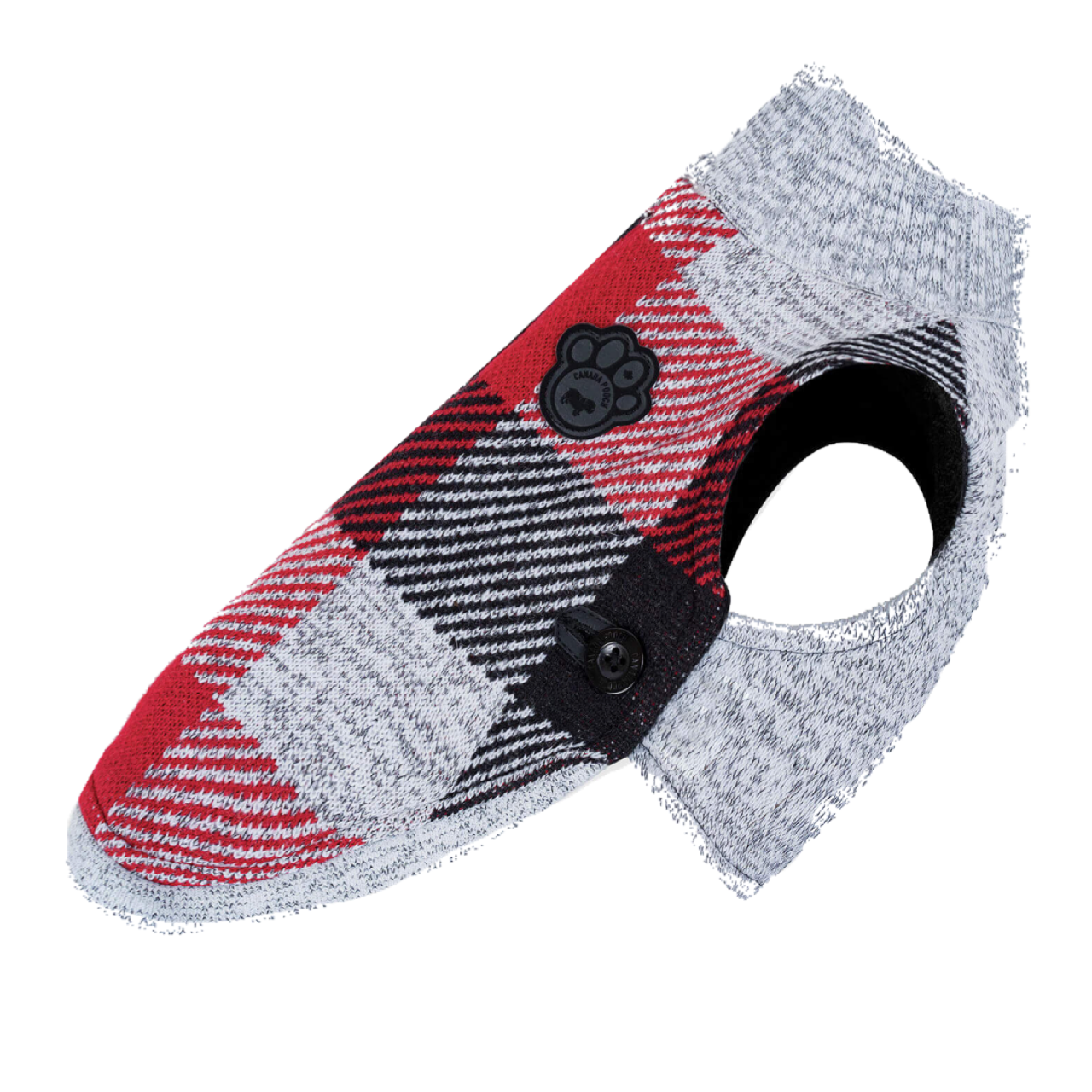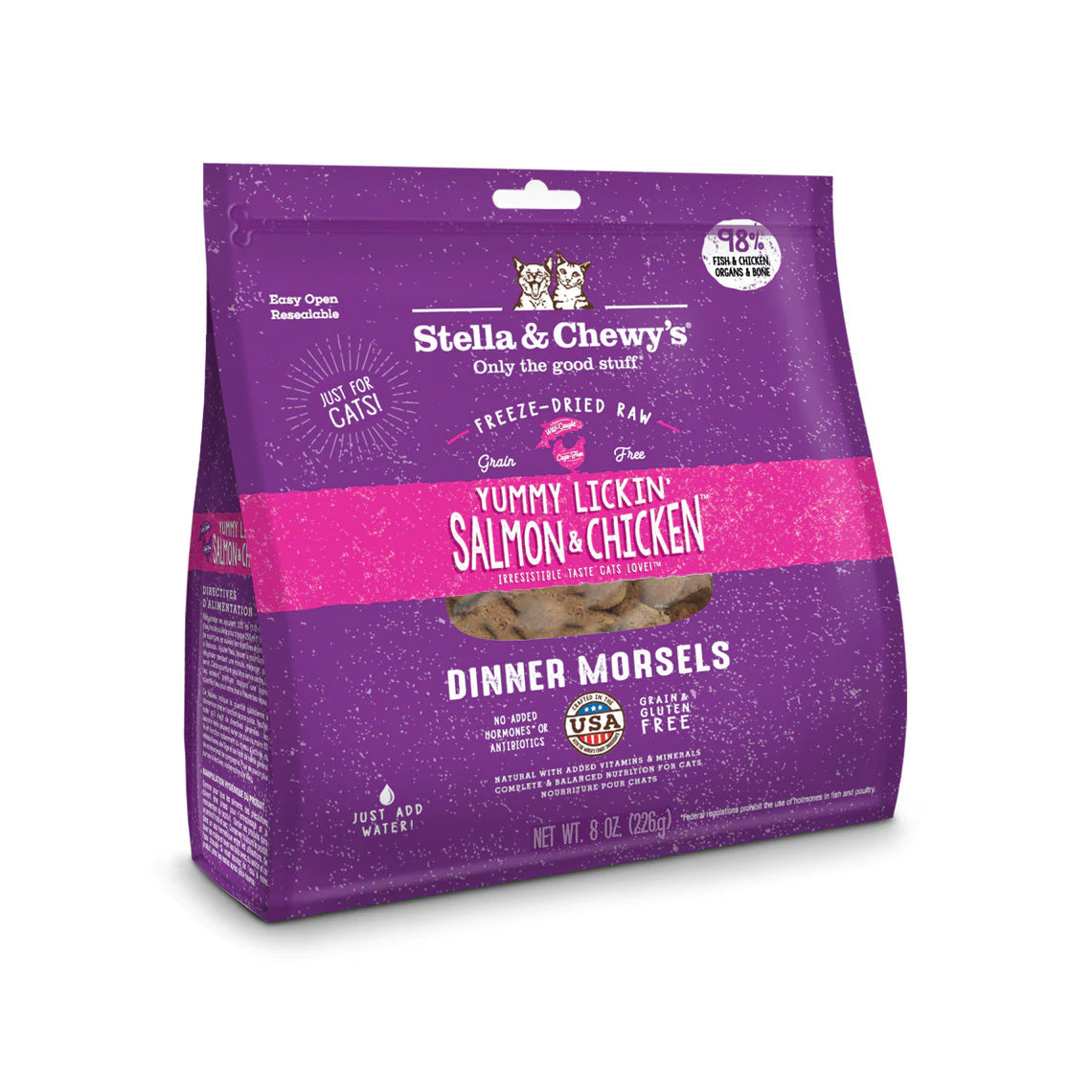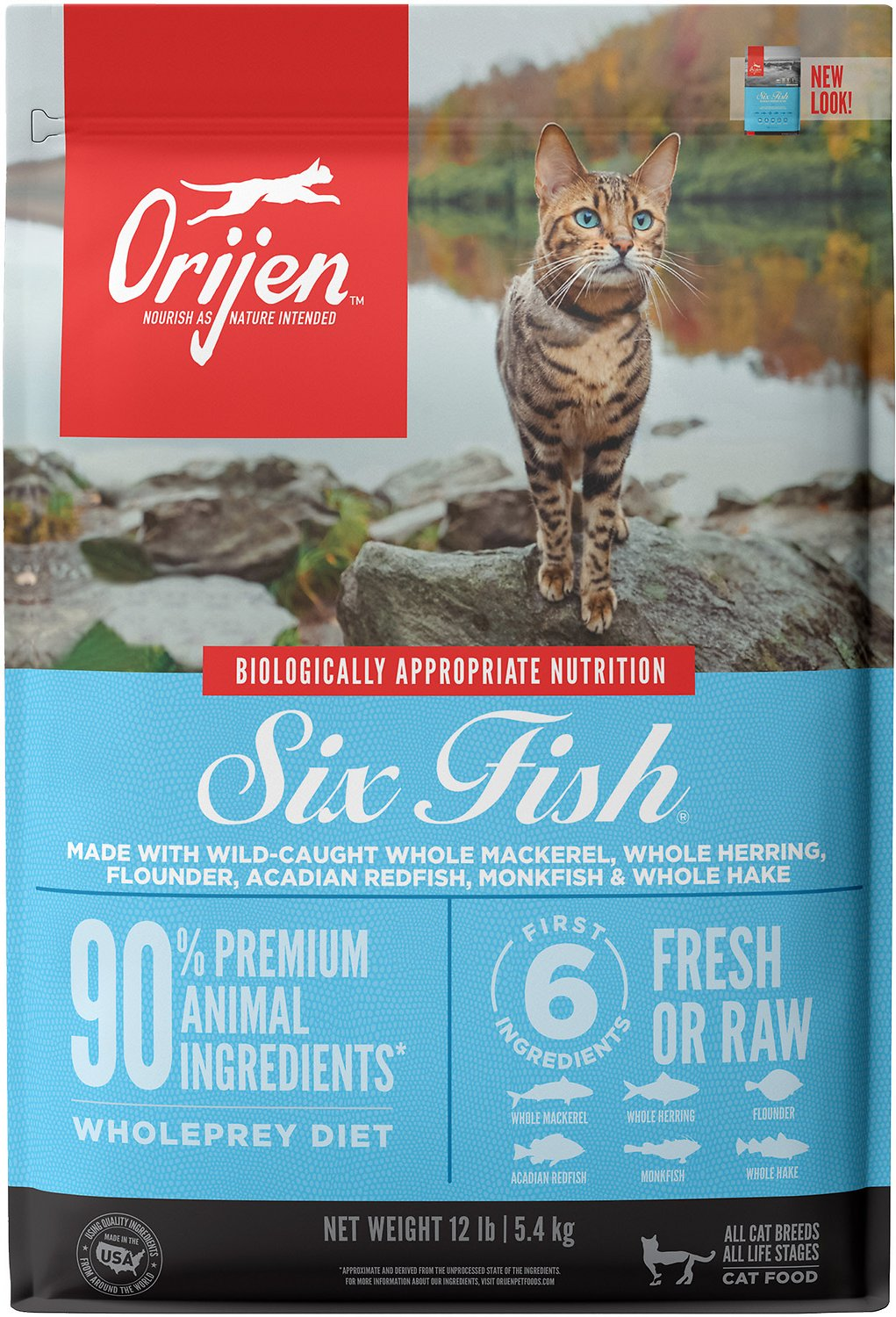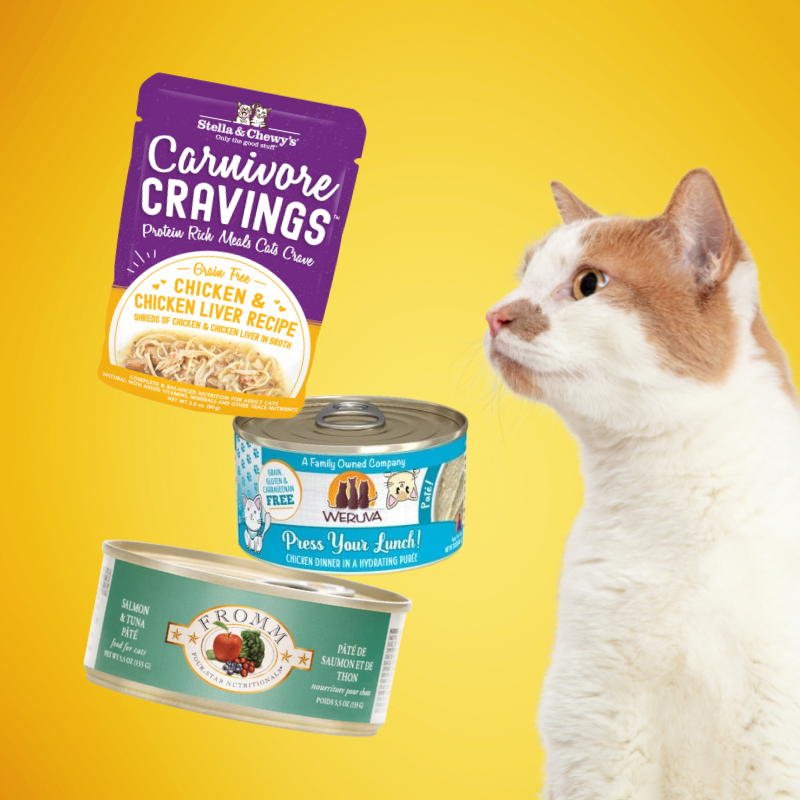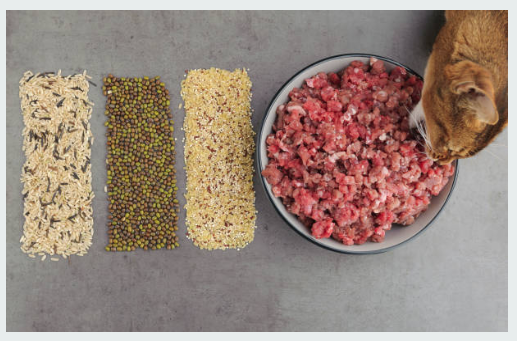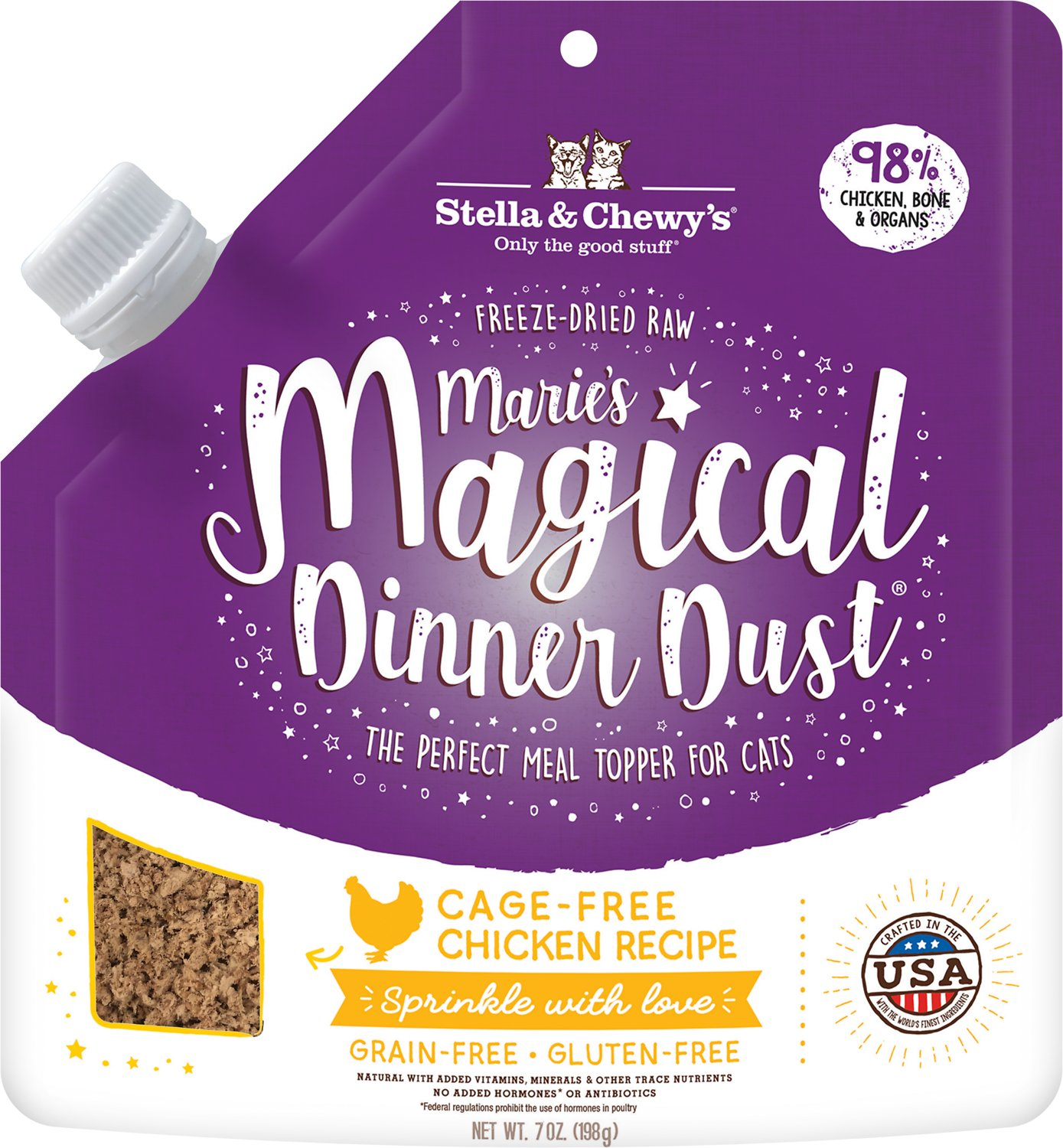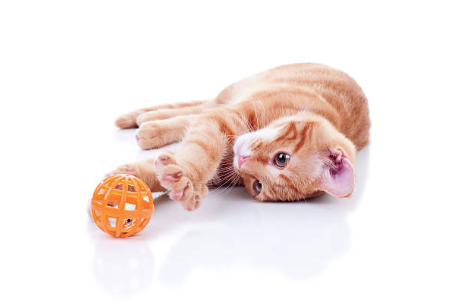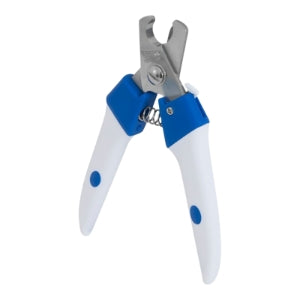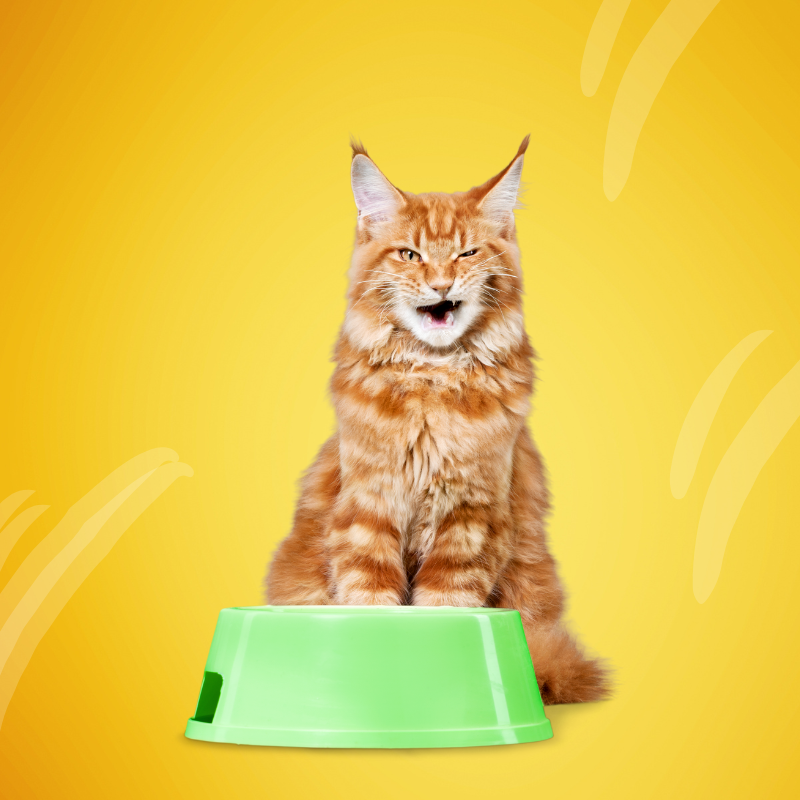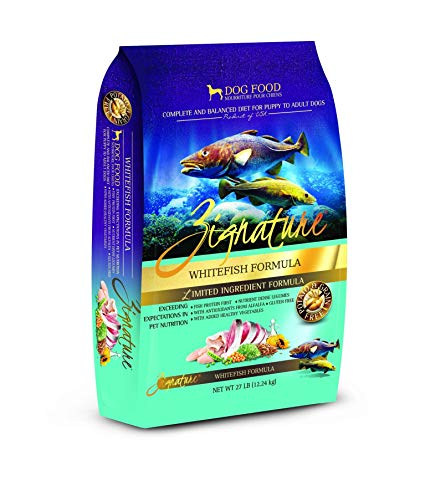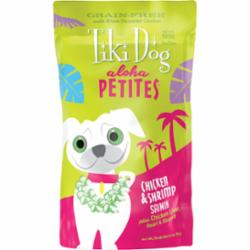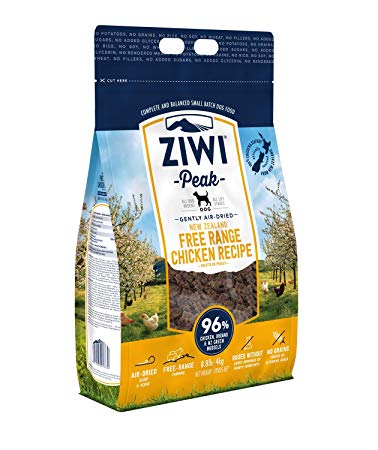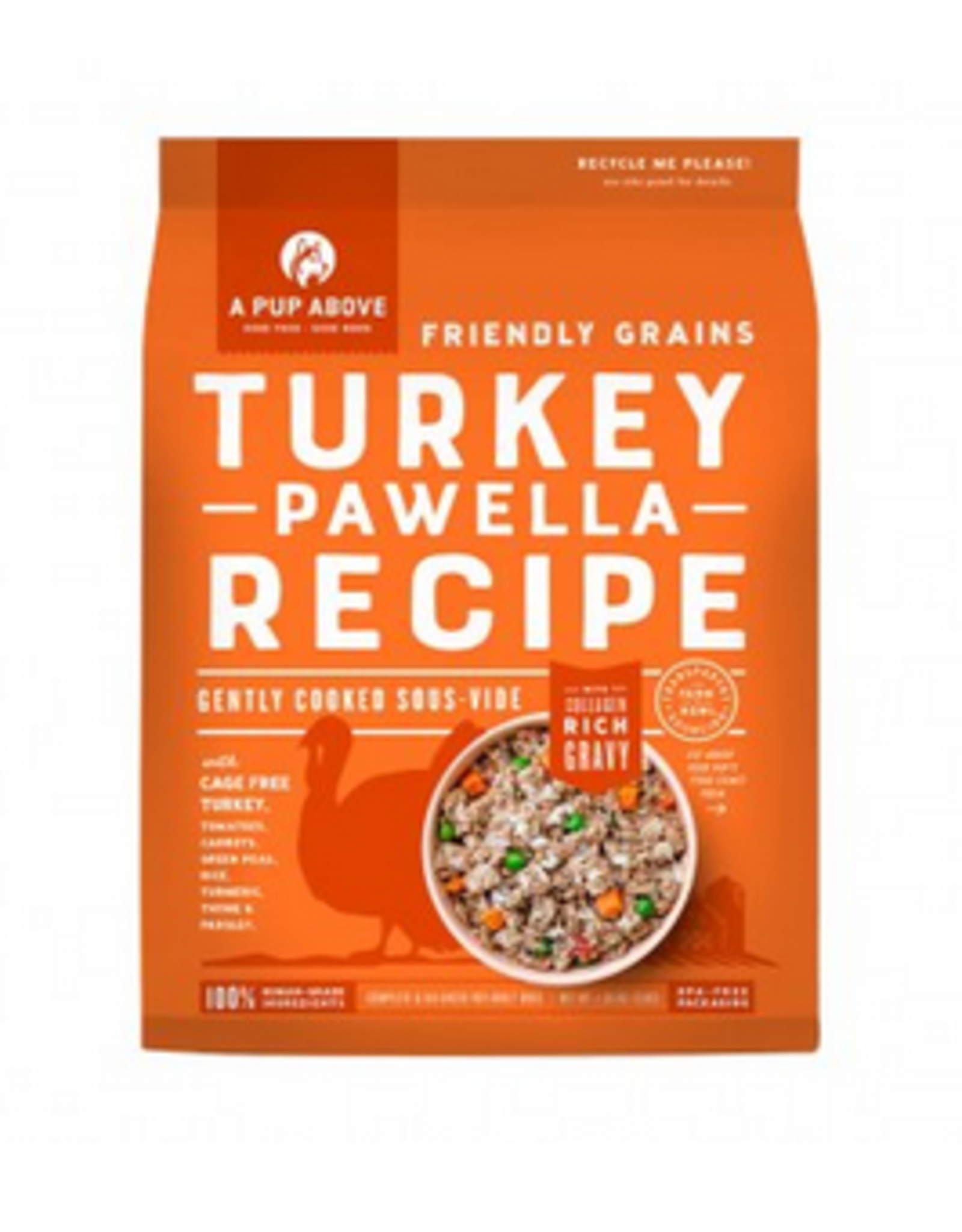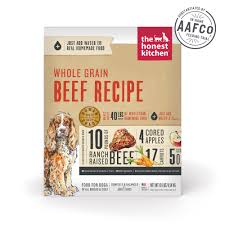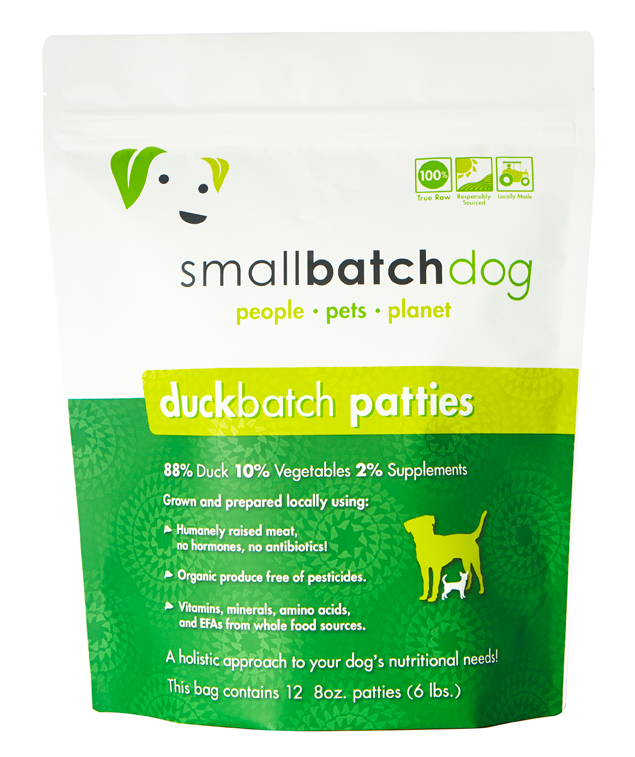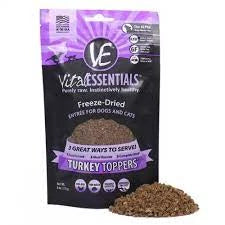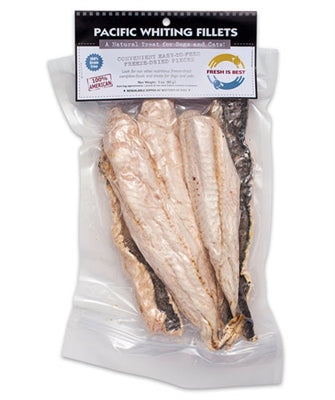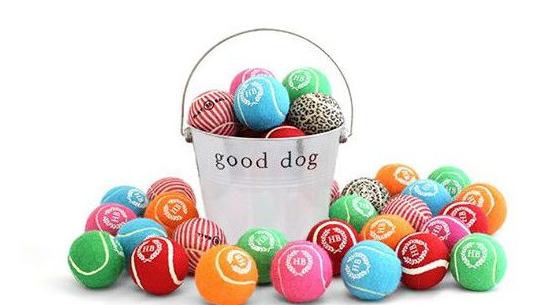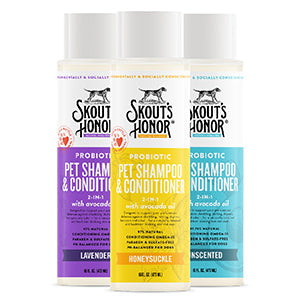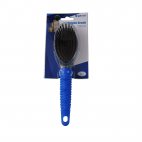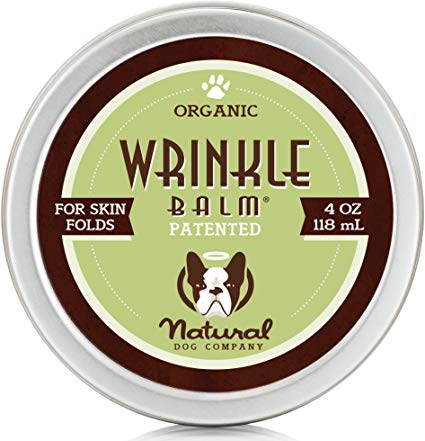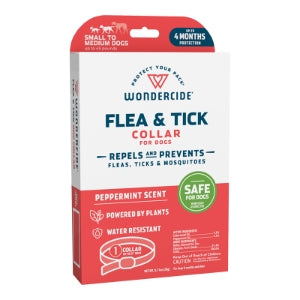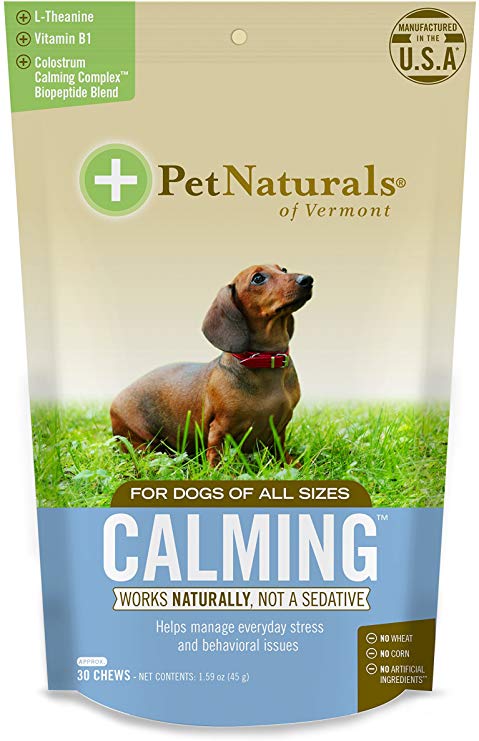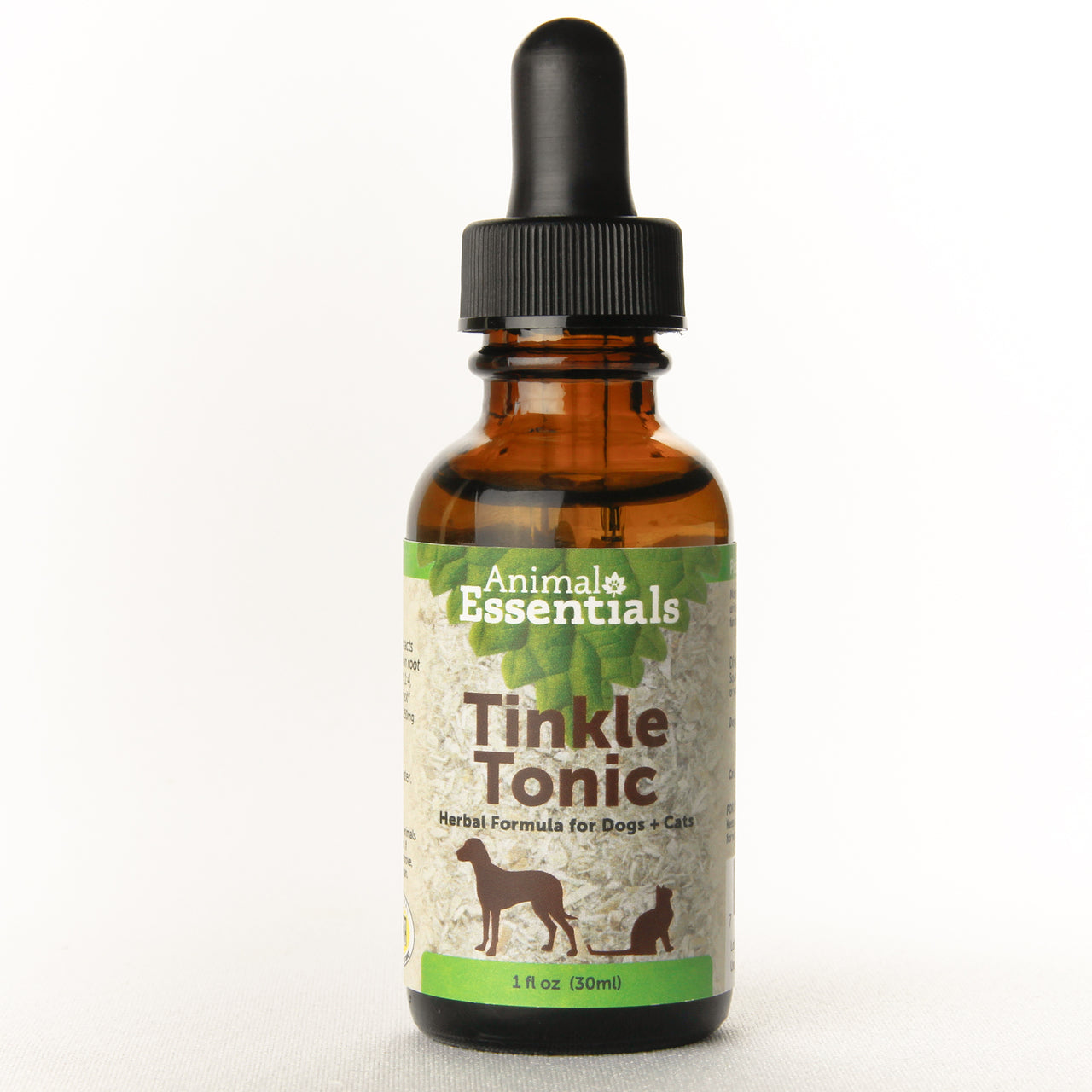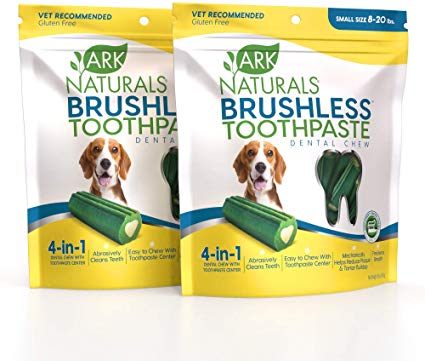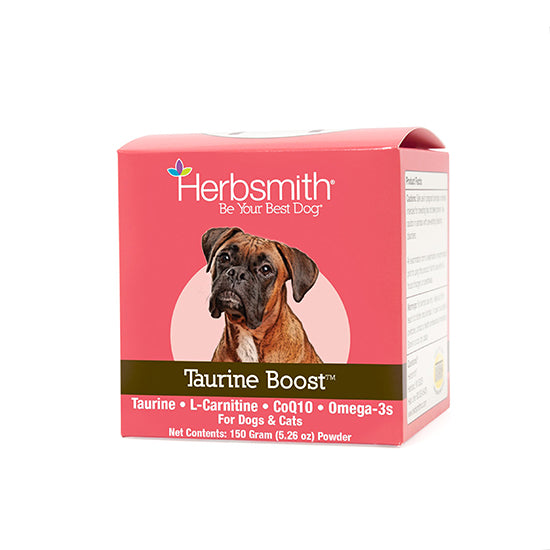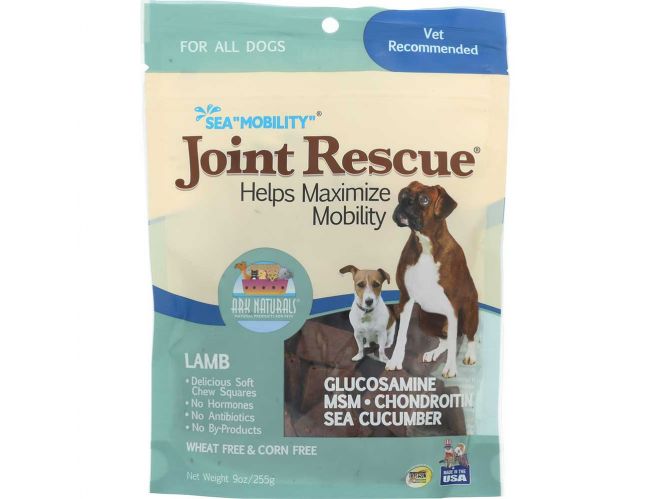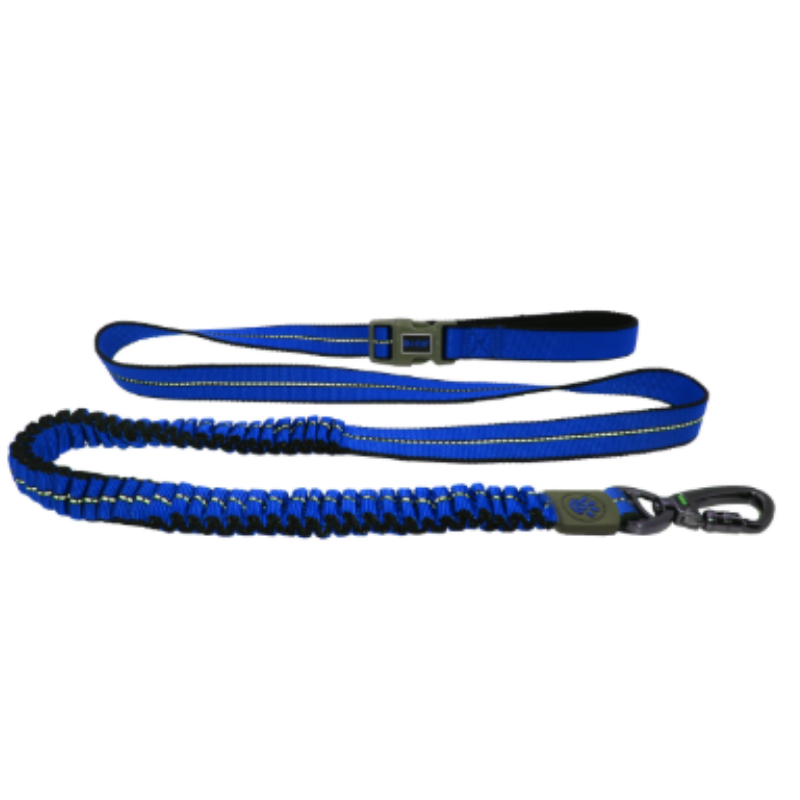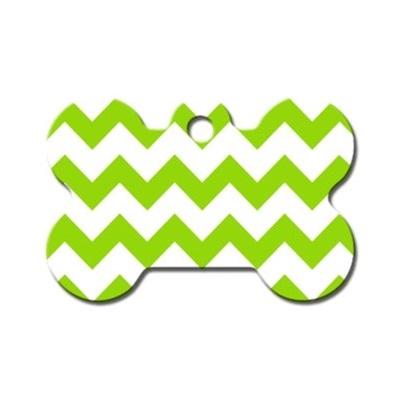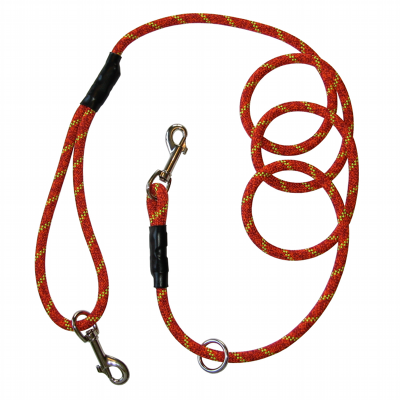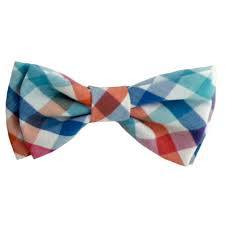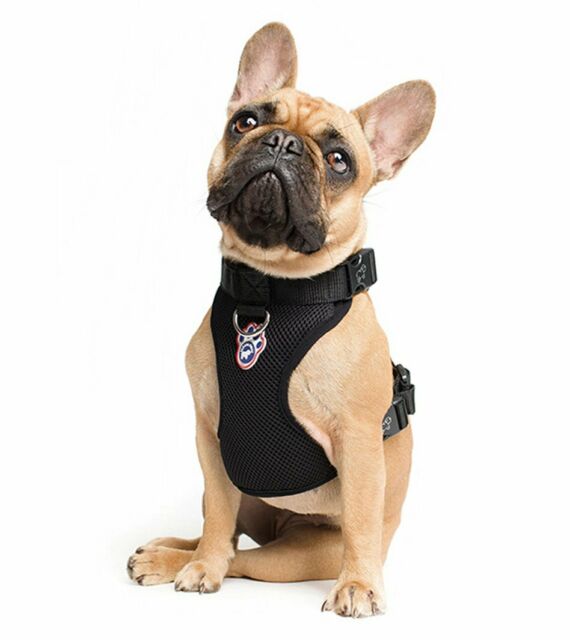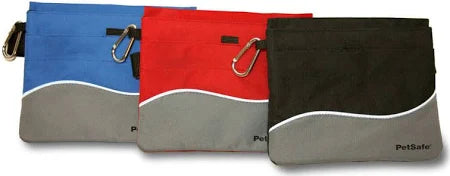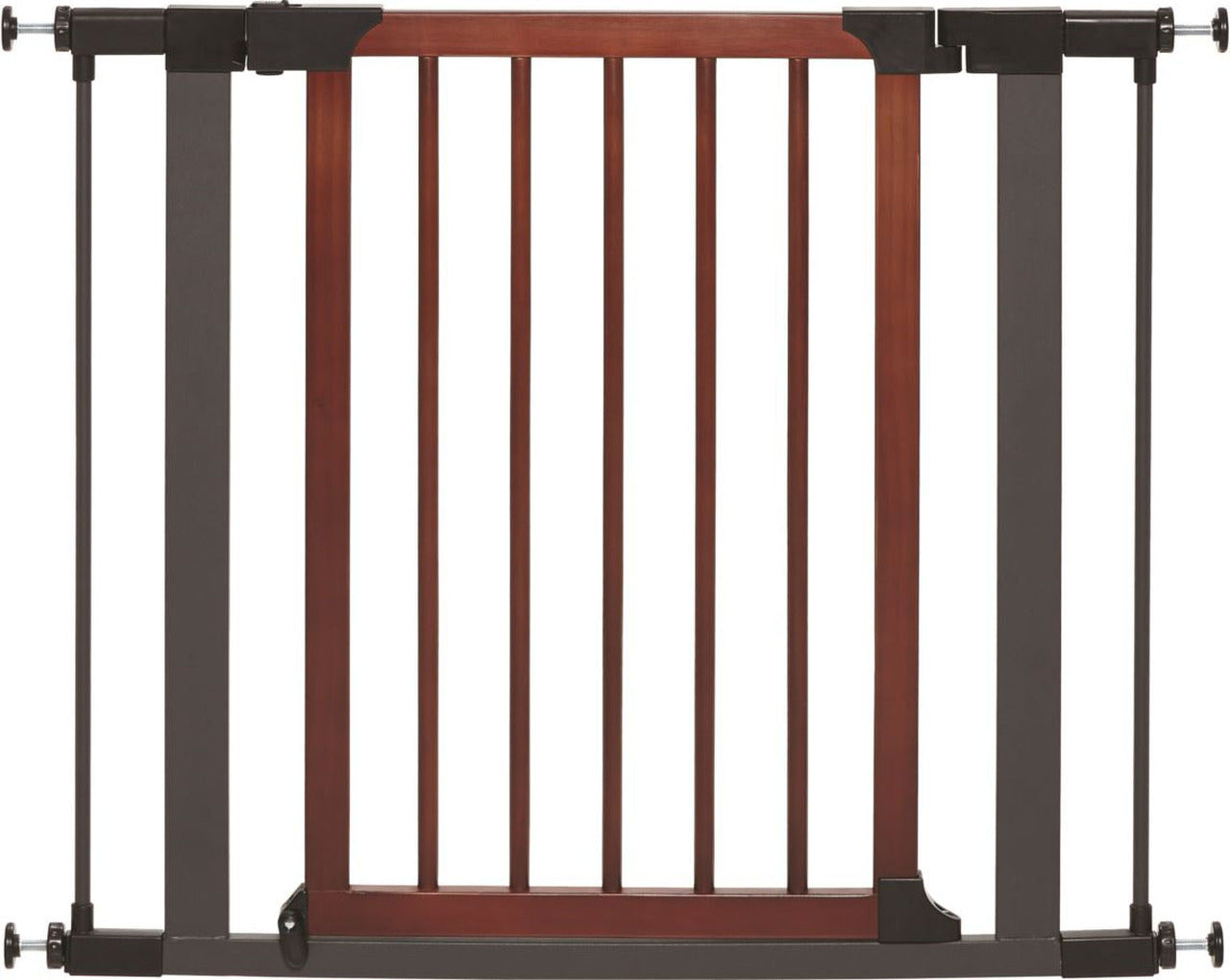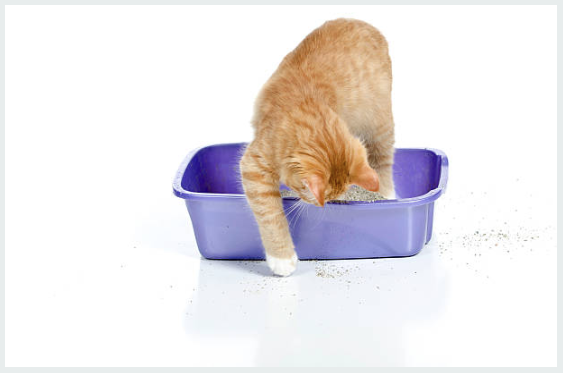Frequently Asked Questions
1. Why is feeding my pet the right amount of food important?
2. What factors should I consider when determining portion sizes for my pet?
3. How can I measure the correct portion sizes for my pet's food?
4. What common myths exist about pet feeding?
5. When should I consult a veterinarian about my pet's diet?
Feeding your pet the right amount of food is crucial for their overall health and well-being. However, determining appropriate portion sizes can often feel like a daunting task for pet owners. With various factors at play, including your pet's age, breed, activity level, and health status, it’s essential to tailor their diet to their specific needs. This comprehensive guide will help you understand how to determine appropriate portion sizes for your furry companions.
The Importance of Proper Portion Sizes
Understanding portion sizes is vital for several reasons:
- Weight Management: Overfeeding can lead to obesity, which is associated with a range of health issues such as diabetes, joint problems, and reduced lifespan.
- Digestive Health: Underfeeding or inconsistent feeding can lead to digestive issues, causing discomfort and health problems for your pet.
- Balanced Nutrition: Knowing how much to feed helps in providing the right balance of nutrients necessary for your pet’s health.
Factors to Consider When Defining Portion Sizes
Every pet is unique, and several factors need to be analyzed when determining their ideal portion sizes. Let’s dive into these critical elements.
1. Age
The age of your pet plays a significant role in defining their nutritional needs. Here’s how age impacts portion sizes:
- Puppies/Kittens: Young pets require more calories per pound of body weight to support their rapid growth and energy levels.
- Adult Pets: Adult pets need a balanced diet to maintain their weight and health. Portion sizes should be adjusted based on their activity level.
- Senior Pets: Older pets might require fewer calories due to reduced activity levels and slower metabolism, making smaller portions essential.
2. Breed and Size
Different breeds have varying energy requirements based on their size and activity level. Here’s a quick rundown:
- Small Breeds: Typically have higher metabolic rates and may require tiny, frequent meals.
- Medium to Large Breeds: May need more substantial portion sizes, but it’s essential to monitor their weight closely to avoid overfeeding.
3. Activity Level
Your pet's activity level greatly impacts their caloric and nutritional needs:
- Active Pets: Pets that engage in frequent exercise and play need more calories compared to sedentary pets.
- Less Active Pets: Pets that are less active will require smaller portions to prevent weight gain.
4. Health Status
Health conditions can significantly affect your pet's nutritional needs:
- Weight Issues: If your pet is overweight or underweight, adjusting their calorie intake is vital. Consulting with a veterinarian may provide insights into appropriate portion sizes.
- Medical Conditions: Specific health conditions could require special diets that may impact portion sizes. Always follow a vet’s recommendations for pets with health issues.
How to Measure Portion Sizes
Once you've considered the factors mentioned above, it’s time to measure the portions accurately. Here’s how to do it:
1. Check the Feeding Guidelines
Most commercial pet foods come with feeding guidelines on the packaging. These guidelines usually provide a range of portion sizes based on your pet's weight and activity level. While this is a great starting point, remember that individual variations may require adjustments.
2. Use a Measuring Cup
To ensure accuracy, use a measuring cup to portion out your pet’s food instead of relying on scoops or your hands. Consistency is key — keep the measuring cup handy for each meal.
3. Invest in a Scale
For the most accurate portion control, consider investing in a digital kitchen scale. This will allow you to weigh your pet’s food based on their ideal body weight rather than just using volume, which can vary significantly based on factors like the type of food.
4. Observe and Adjust
Pay close attention to your pet’s body condition. Regularly check their weight and overall health. If you notice weight gain or loss, adjust their portions accordingly. Your vet can help you establish the ideal body weight for your pet.
Tips for Feeding Time
Creating a positive feeding experience can enhance your pet's meal times. Here are some helpful tips:
- Consistency: Feed your pet at the same times every day. Consistent meal times can help regulate their digestion and appetite.
- Quality Time: Use meal times as an opportunity to bond with your pet. Engaging with them through play or training during feeding can make them look forward to their meals.
- Avoid Free-Feeding: Instead of leaving food out all day, manage specific meal times. This approach helps streamline portions and keep track of what your pet is consuming.
Understanding Common Feeding Myths
As you navigate portion sizes, it’s essential to debunk some common myths surrounding pet feeding:
1. “Pets Will Self-Regulate”
While some pets may have a good sense of their appetites, many will overeat if given the opportunity. It’s up to you to monitor their portions effectively.
2. “All Pets Need the Same Amount of Food”
Every pet is unique, and it’s crucial to consider their individual needs. A one-size-fits-all approach is detrimental to a pet’s health.
3. “It's Okay to Give Table Scraps”
Feeding table scraps can lead to unbalanced nutrition and obesity. Stick to cat and dog food formulated for their specific dietary needs.
When to Consult a Veterinarian
If you’re unsure about how much to feed your pet or notice unusual weight changes, consulting a veterinarian is always a wise choice. A vet can provide tailored advice based on your pet's specific health requirements and dietary needs.
Creating a Balanced Diet
In addition to portion sizes, creating a balanced diet is vital. Here’s how to ensure that your pet’s food is nourishing:
- Choose Quality Ingredients: Look for pet food that lists high-quality protein sources as the first few ingredients.
- Understand Nutritional Labels: Familiarize yourself with pet food labels. Ensure they meet the nutritional adequacy statement provided by reputable pet nutrition organizations.
- Supplement Wisely: If considering dietary supplements, consult your vet to ensure they are necessary and safe.
Final Thoughts on Feeding Fido and Fluffy
Determining the appropriate portion sizes for your pets is essential for maintaining their health and longevity. By considering factors such as age, breed, activity level, and health status, as well as measuring portions accurately, you can set your furry friends on a path to happy and healthy living. Remember, consistency, quality ingredients, and regular vet check-ups are key successes in your pet parenting journey. With the right knowledge and care, you'll ensure your beloved companions enjoy a happy, healthy, and fulfilling life.


